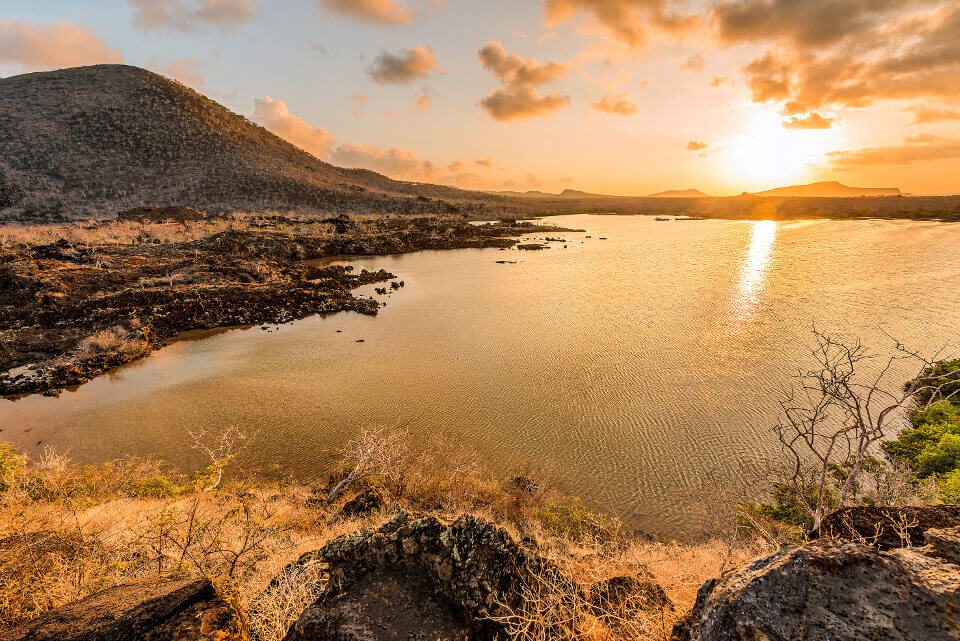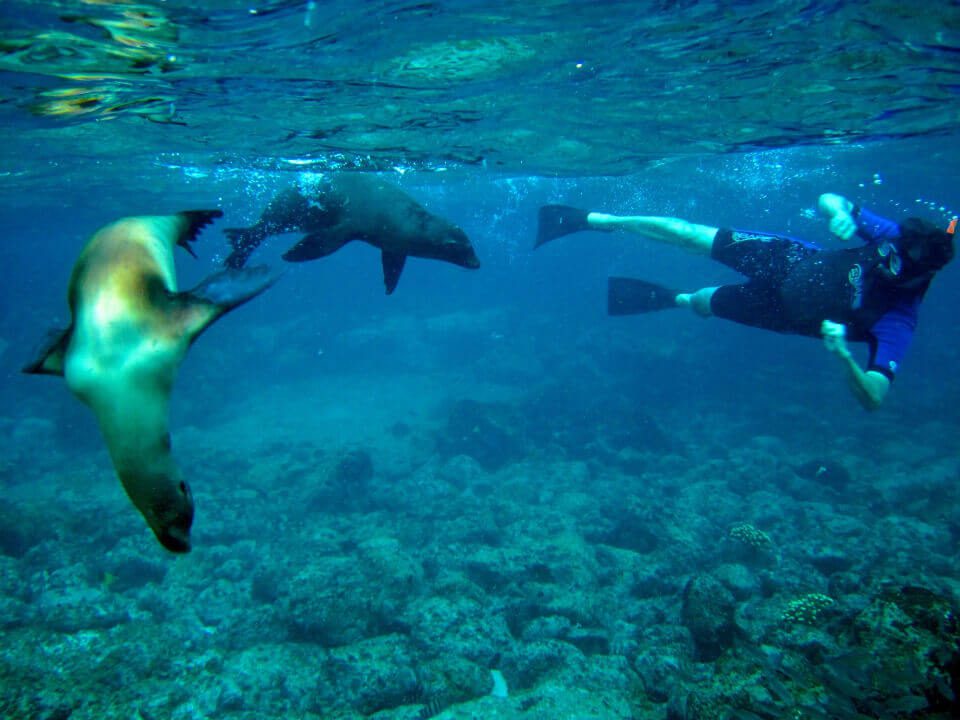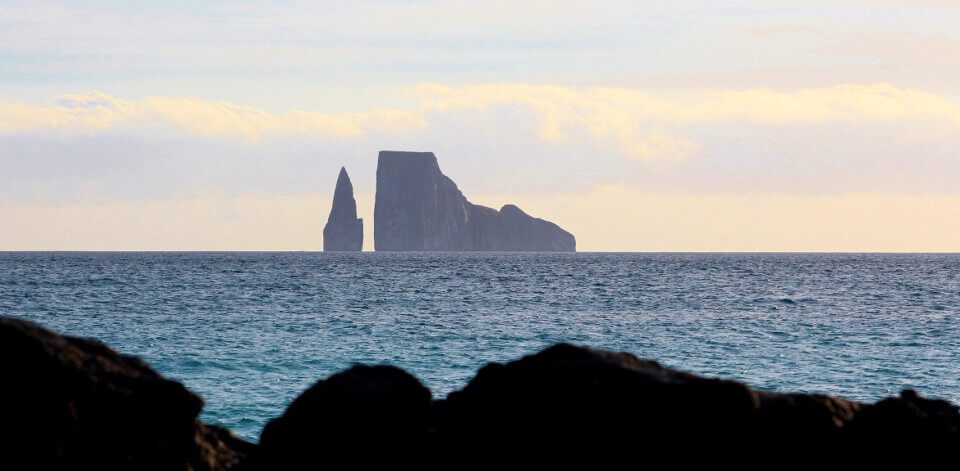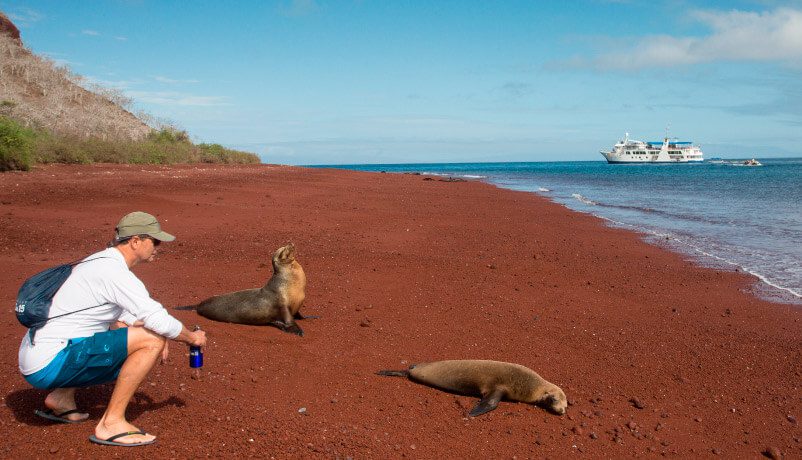When researching a trip to the Galapagos, the price tag that potential visitors see on their tour packages tends to raise some eyebrows.
TALK TO A DESTINATION EXPERT

Diego Zapata

Rosa Mena

Sandy Lara

Diego Zapata

Rosa Mena

Sandy Lara
“Why are the Galapagos Islands so expensive?” many ask, “especially when it’s a part a developing country like Ecuador.”
But the truth is that there’s a whole lot more to the price tag than meets the eye, and it goes well beyond the fact that the country uses the US Dollar as its official currency. By no means are the Galapagos Islands an exclusive destination or a site that’s meant only for the wealthiest in the world (in fact, there’s even a way to get to Galapagos without breaking the bank).
No, they’re not nearly that expensive. However, that price tag does have a lot to do with just how isolated they are. Oh, and the fact that they’re a World Heritage Site, too.
These two characteristics function as both a passive and active “tax,” so to speak, that considerably raises the price of a trip to the archipelago (and that’s before you even consider airfare). In this blog, we invite you to gain a better understanding of the factors that contribute to the elevated price of traveling to the Galapagos.
Expensive Factor #1: The Galapagos National Park Itself
There are those who say that with great power, comes great responsibility. The Galapagos are no exception to this rule, especially when you exchange the word “power” for “unique species and pristine landscapes.” The Galapagos National Park (commonly abbreviated as GNP) is the guardian of said “power” and, as a result, they put a tremendous amount of effort into maintaining and conserving the Galapagos Islands as much as possible.

These efforts don’t come cheaply, however. The fast pace of human development in concentrated areas (be it as a result of migration, tourism and trade) have all increased the chances of there being introduced and/or invasive species on the islands. With this in mind, the multiple controls and amount of supervision needed to maintain the Galapagos (in as much of its pristine state as possible) involves constantly working against the tide of this human influx. Since 2007, numerous strict measures have been implemented by the GNP to tighten supervision, one of which involves the requirement of GNP certified guides on every visit outside of the inhabited areas (a.k.a. visits to the National Park itself).

In the end, such conditions and efforts have led to the creation of not just one, but two important and obligatory fees visitors must pay. One is the INGALA Transit Control Card ($20) that helps the Galapagos keep track of who is coming in and out of the archipelago. The other is the GNP fee (adults $100, children $50), which contributes to the wellbeing and conservation of the park itself. For the curious, the following is a breakdown of where these go:
- 10% – INGALA (Galapagos Immigration)
- 5% – Ecuadorian Navy
- 10% – Galapagos Provincial Board
- 25% – Galapagos Municipalities
- 5% – Galapagos Marine Reserve
- 5% – Inspection and Quarantine Services
- 40% – Galapagos National Park Services
The Galapagos National Park specifically states that:
“Funds from the entry tax for tourists are used to finance the conservation of biodiversity of flora and fauna, terrestrial and marine, and benefits the local community by improving basic services, education projects, sports, health, environmental sanitation, environmental services and services directly related to tourists.”

Javier Garcia

Eduardo Silva

Carolina Escobar
START PLANNING YOUR TRIP

Javier Garcia

Eduardo Silva

Carolina Escobar
Get in touch for more
CONTACT US
All-in-all, migration and park agencies work together to help preserve the pristine magic that the islands are a source of, along with the incredibly unique species that they are home to. Sure, these fees might seem rather high, but you can find some peace of mind in knowing that it’s all going to the right cause. And what’s more? A vacation in the Galapagos ultimately becomes not just a matter of enjoying an incredible destination, but a also a matter of helping preserve this one-of-a-kind piece of our Earth and the conservation efforts that are continuously at work here.
Expensive Factor #2: Isolation & Logistics
The Galapagos Islands are located 926 km (575 miles) off the coast of Ecuador and cover an area nearly 8,000 square kilometers (3,030 square miles) in size. The archipelago is made up of 19 islands, 13 of which are major visitor sites and 4 of which are inhabited by permanent populations. It takes an hour-and-a-half flight to reach the islands from Guayaquil, and two from Quito.

But it takes a container boat 2-3 entire days to make it to the Galapagos from the mainland, and this is where things start to get pricey. Consequently, transporting things like goods, fuel (which isn’t subsidized like it is on the mainland) and services to and from the archipelago is incredibly expensive. Additionally, every item that heads to the archipelago must screened before arriving to the islands and, as a result of all this, products in Galapagos become rather expensive to acquire.
The isolated nature of the islands doesn’t help either, as things get rather tricky when it comes to agricultural self-sufficiency: only 3% of its entire area is capable of having any form of crops for a population of approximately 25,000. Floreana and San Cristobal Islands have permanent sources of fresh water, but other islands (including Santa Cruz Island) depend on desalinization plants that prepare water taken from grietas (fissures) in the lava rock.

In the end, these are all factors that play a huge role in contributing to the relatively higher-than-expected price tag of traveling to the Galapagos. But the silver lining is that, in spite of it all, you are guaranteed to get top-notch service and experiences when you invest in right kind of Galapagos tour.
Yacht Isabela II Galapagos cruise offers exactly that and is sure to offer you the best experience possible in the Galapagos at a wholly impartial price.


